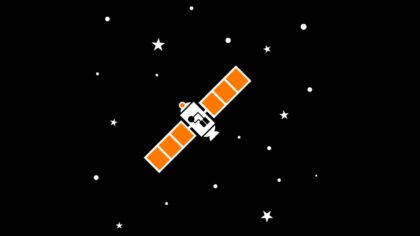GenAI for support functions: Orange deploys collaborative development
• Close collaboration between technical experts and business stakeholders is driving the development and integration of genAI at Orange.
• Some 70% of staff have already used in-house AI assistants, notably popular solutions that expedite daily tasks such as email management, the creation of PowerPoint presentations and text optimisation.
• To ensure that they meet operational needs, development of the assistants begins with meticulous analyses of existing processes and also features elaborate multi-stage prompt engineering.
Read the article
• Some 70% of staff have already used in-house AI assistants, notably popular solutions that expedite daily tasks such as email management, the creation of PowerPoint presentations and text optimisation.
• To ensure that they meet operational needs, development of the assistants begins with meticulous analyses of existing processes and also features elaborate multi-stage prompt engineering.


Decoding inner speech: a new interface that deciphers patients’ thoughts
Read the article

Artificial intelligence: how neocloud companies have revolutionized the cloud computing market
Read the article

Let's Talk Tech: Orange Research – AI, Cybersecurity, and Networks of the Future
Listen to the podcast
